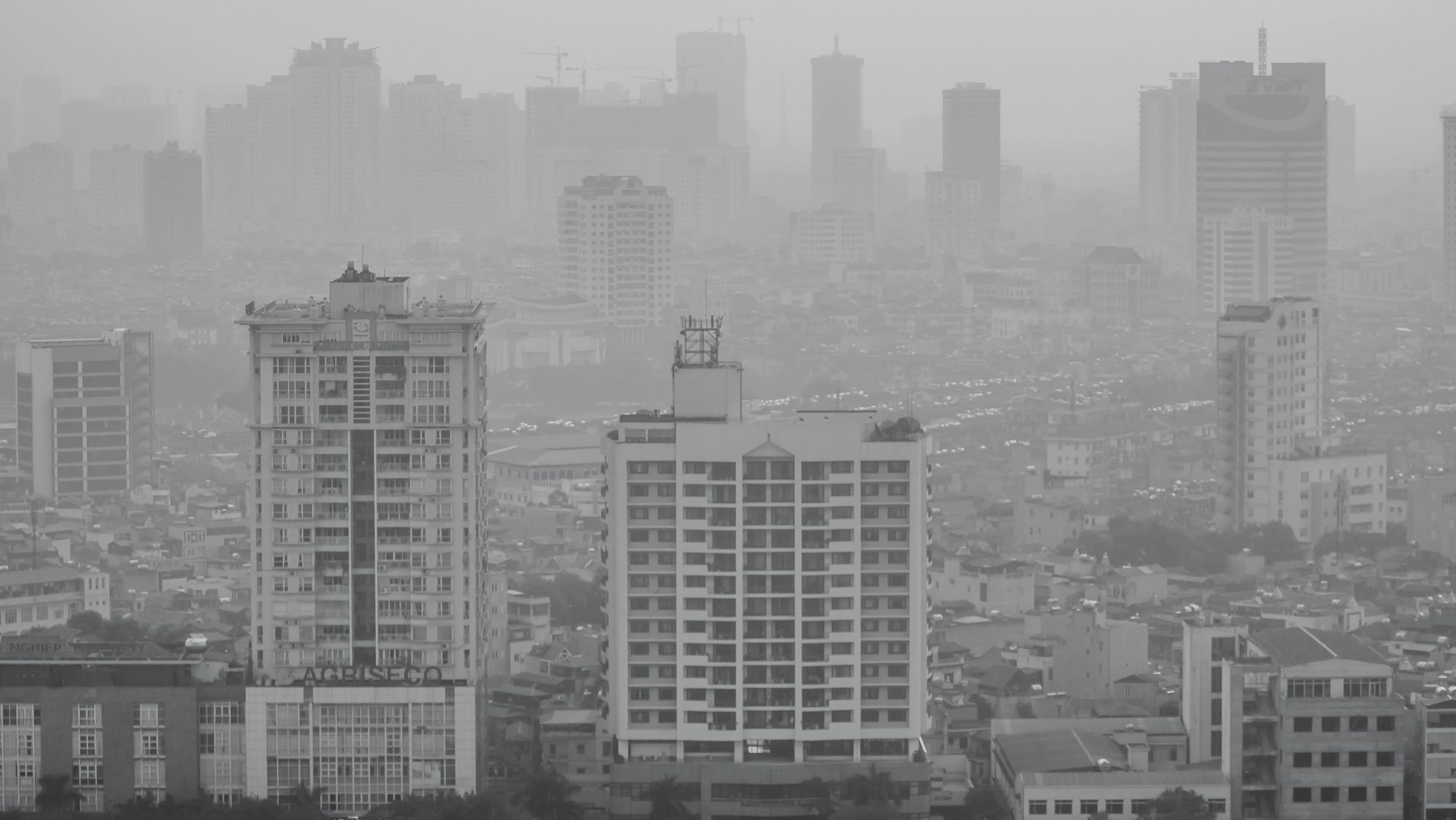VIETNAM: The country’s capital, Hanoi, has been blanketed in thick smog for weeks, pushing the city to the forefront of global air pollution concerns.
In response, government officials are urging a shift to electric vehicles (EVs) to combat the growing environmental crisis.
A hazardous air quality spike
According to a Straits Times report, on Jan 3, air quality in Hanoi reached alarming levels, with hazardous small particles known as PM2.5 measured at 266 micrograms per cubic meter.
This marked the highest reading among the world’s most polluted cities, according to AirVisual, a global air pollution monitoring platform. The increase in smog levels has exacerbated the already severe air quality issues that Hanoi faces.
Long-standing pollution problem
Hanoi, a bustling regional manufacturing hub and one of Asia’s fastest-growing economies, has been grappling with air pollution for years.
The city’s major sources of pollution include heavy traffic, industrial emissions, and the burning of rubbish. These factors have contributed to the hazardous air conditions, which have steadily worsened, especially during the winter months.
The thick smog is taking a toll on the health of Hanoi’s residents, with many complaining about the worsening air quality.
“We, the elderly, can feel it very clearly when we suffer from respiratory problems that lead to breathing difficulties,” said 64-year-old Luu Minh Duc, a Hanoi resident. “The situation seems to have become worse recently.”
Even younger people are feeling the effects.
“At first, I thought it was foggy… but later I found out that it is actually fine dust that reduces my vision and makes me feel like it is not healthy to breathe,” said Nguyen Ninh Huong, a 21-year-old student.
The city’s worsening air quality has left residents anxious about their health and the future.
Government push for electric vehicles
In response to the crisis, Deputy Prime Minister Tran Hong Ha emphasized the urgent need to transition to electric vehicles.
At a meeting with the Transport Ministry on January 2, he called for a swift move toward EV adoption as a key solution to the city’s pollution problem.
“This is the responsibility of the state to the people, and there must be specific and timely actions,” Mr. Ha was quoted as saying by state media.
As part of its efforts to curb pollution, Hanoi has set ambitious goals for the electrification of its public transport system.
By 2030, the city aims for at least 50% of buses and 100% of taxis to be electric vehicles. This move is part of a broader government strategy to reduce emissions and improve air quality in urban centres across the country.
A crucial turning point
As Hanoi continues to battle its severe pollution, the call for electric vehicles marks a pivotal moment in Vietnam’s efforts to tackle environmental challenges.
The government’s push for EVs is expected to play a critical role in addressing the capital’s air quality crisis and improving the health and well-being of its residents.
While the road ahead is uncertain, this shift toward cleaner transport could be a key step in creating a more sustainable future for Hanoi.
Featured image by Depositphotos (for illustration purposes only)

